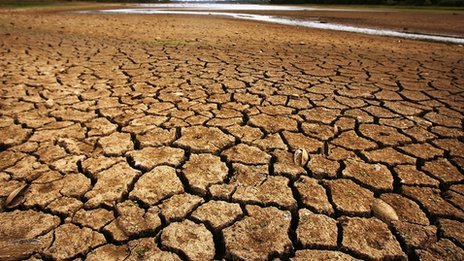Commentary on Water Issues from Families Protecting The Valley
Unintended Consequences
By Families Protecting The Valley
As Californians endured the drought, they did an excellent job conserving water—maybe too good. As the article below from Families Protecting The Valley explains, all the low flow toilets, all the 1-minute showers meant less water pushing waste through the sewers. All that “resulted in corroded wastewater pipes and damaged equipment, and left sewage stagnating and neighborhoods stinking. Less wastewater, and thus more concentrated waste, also means higher costs to treat the sewage and less recycled water for such things as irrigating parks, replenishing groundwater or discharging treated flows to rivers to keep them vibrant for fish and wildlife.”
So now some water agencies are pushing for more outdoor conservation efforts rather than indoor to keep the wastewater flowing. Adam Link, director of operations with the California Association of Sanitation Agencies asks the key question: “At what point are you causing more harm than the benefit you are getting from saving those drops of water?”
Another major point we would point out is with the reduced VOLUME of water flows, it has created higher concentrations of pollutants per each gallon of water that gets discharged into the Bay-Delta. With low flow toilets’ rates at 1/2 or lower previous volumes and appliances using less water, all the pollutants that impact fish and people are at double or more on a per-gallon basis getting dumped into the Bay-Delta. Some permit to dump 180 million gallons of sewage water into the Bay-Delta, but the pollutant concentration is double or more. This makes the pollution from sewage plants going to the delta that much more troubling.
Remember, in 2010, water authorities determined the Sacramento Regional Wastewater Treatment Plant “was discharging too many pollutants into the Sacramento River, threatening public health and harming aquatic life in the Sacrament-San Joaquin Delta.” The water board found that high volumes of ammonia in the water were disrupting the food chain and endangering fish such as salmon and Delta smelt. Single-celled organisms posed health risks to people who came in contact with the river water.
Wastewater authorities were given until 2021 to remove the ammonia, giardia, and cryptosporidium which endanger fish and humans. In the meantime, the pollutants keep coming and the policy of cutting off water for farmers is still the favored solution.
This is why farmers are so frustrated. They see the wastewater situation as the real threat to endangered fish, but water the bureaucrats sole solution to Delta health problems is withholding water from farmers.
More Information at Familiesprotectingthevalley.com

















